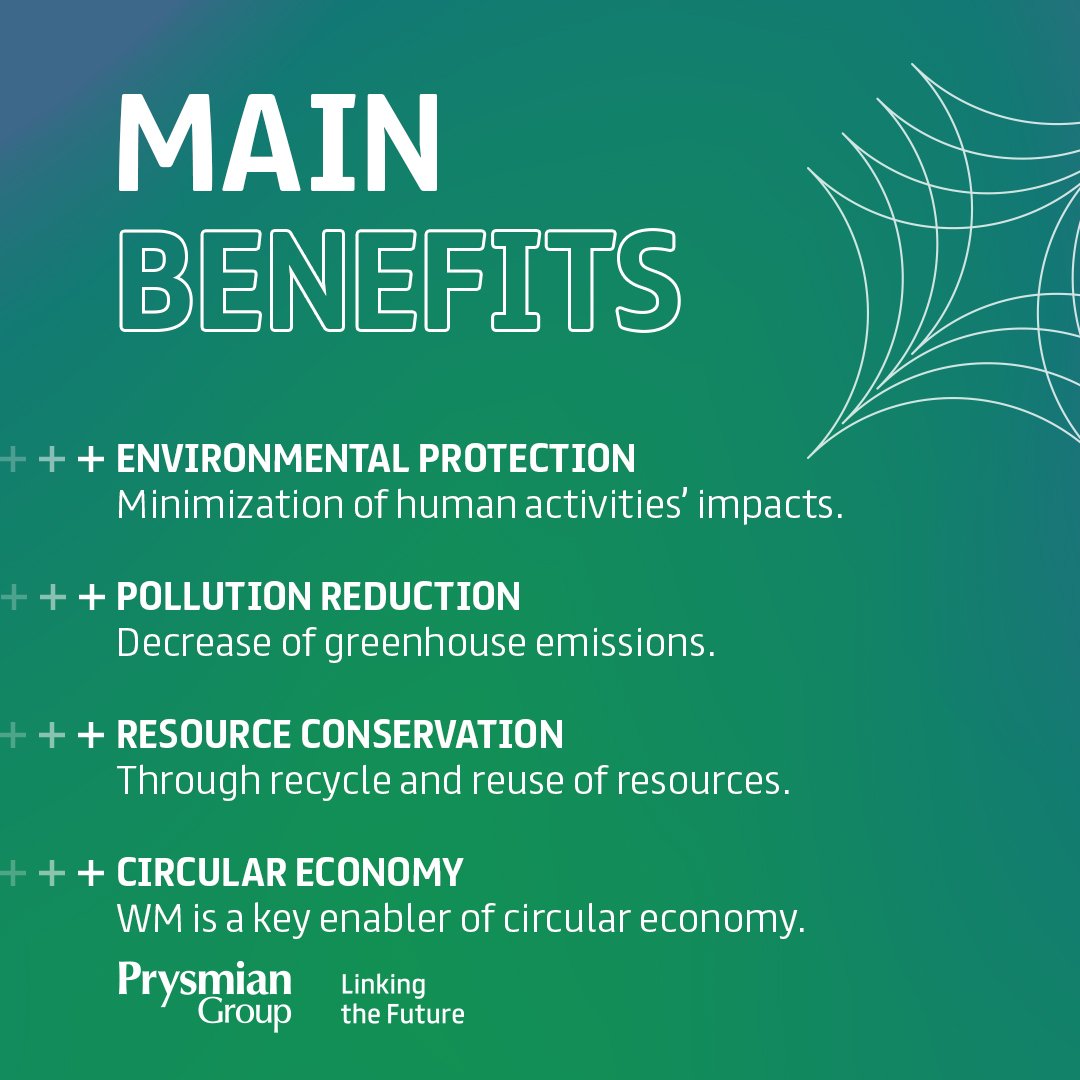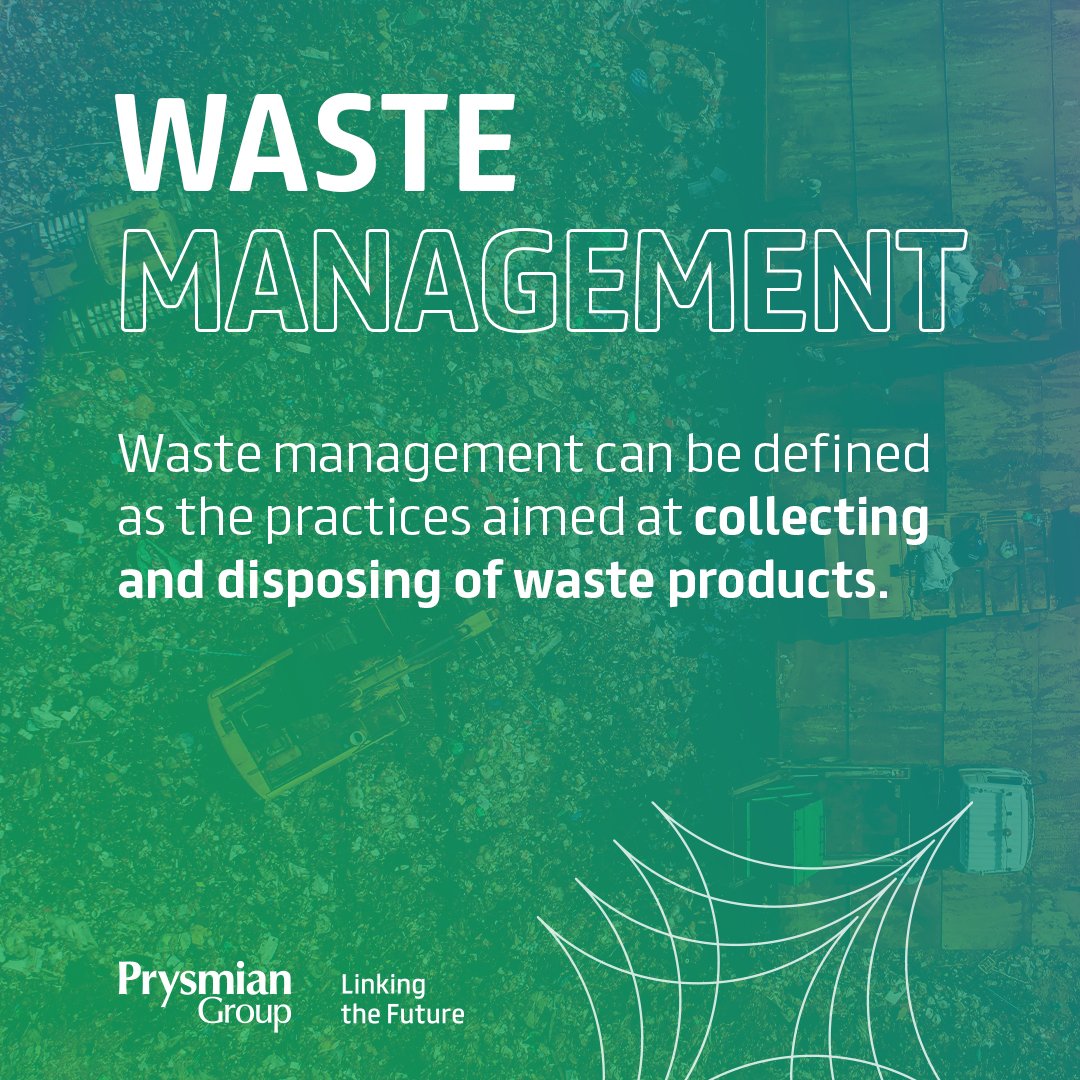About Reclaim Waste
About Reclaim Waste
Blog Article
The Of Reclaim Waste
Table of Contents8 Simple Techniques For Reclaim Waste9 Simple Techniques For Reclaim WasteHow Reclaim Waste can Save You Time, Stress, and Money.How Reclaim Waste can Save You Time, Stress, and Money.An Unbiased View of Reclaim Waste
Domestic sewer waste refers to the waste and products from a property septic storage tank. The correct administration and disposal of residential sewage waste need fluid waste to be transferred to a sewer therapy plant where the proper techniques and equipment are applied to cleanse and dispose of waste.
Commercial waste usually includes prospective hazards, such as combustible products or a blend of fluid and strong waste products, and needs an extra advanced and in-depth disposal procedure. The disposal of commercial waste normally involves the filtering of waste prior to transport to make sure safe and appropriate disposal. Industrial waste is produced from by-products and drainage of industrial procedures and manufacturing.
This sort of waste can not use the same sewage management transport or procedures as septic or business liquids. The industrial waste administration process needs the inspection and testing of fluid waste before it goes through the disposal process (liquid waste disposal). Runoff waste is the liquid waste that comes from runoff and excess stormwater in extremely inhabited areas or cities
Runoff waste can trigger contamination and flooding otherwise taken care of correctly. Find out more regarding sewer cleaning and waste management. Guaranteeing appropriate waste management can avoid disasters and decrease environmental injury. Both people in household settings and professionals in commercial or manufacturing markets can gain from understanding the processes and laws of fluid waste monitoring.
Everything about Reclaim Waste
Get in touch with PROS Solutions today to find out about our waste management and disposal services and the appropriate means to take care of the liquid waste you generate.
(https://www.pageorama.com/?p=reclaimwaste1)This so-called 'wastewater' is not just a vital source but, after therapy, will certainly be launched to our land, rivers or the ocean. Utilized water from commodes, showers, baths, cooking area sinks, laundries and commercial processes is understood as wastewater.

water used to cool equipment or tidy plant and devices). Stormwater, a form of wastewater, is overflow that moves from farming and urban locations such as roofing systems, parks, gardens, roadways, courses and gutters into stormwater drains pipes, after rainfall. Stormwater flows unattended straight to neighborhood creeks or rivers, eventually reaching the sea.
Reclaim Waste Can Be Fun For Anyone
In Queensland, many wastewater is dealt with at sewage treatment plants. Wastewater is moved from residential or commercial websites with a system of drains and pump stations, known as sewerage reticulation, to a sewer treatment plant.
The Department of Natural Resources recommends city governments concerning handling, operating and preserving sewerage systems and therapy plants. In unsewered locations, neighborhood governments may call for owners to set up individual or house sewer treatment systems to deal with domestic wastewater from commodes, cooking areas, click bathrooms and washings. The Division of Natural Resources authorises the usage of family systems when they are verified to be efficient.
In some new class, therapy of some stormwater to get rid of trash, sand and crushed rock has actually begun making use of gross toxin traps. Wastewater treatment takes place in four phases: Eliminates strong matter.
Utilizes small living microorganisms knows as micro-organisms to damage down and eliminate remaining liquified wastes and fine bits. Micro-organisms and wastes are included in the sludge.
The Of Reclaim Waste
Nutrient removal is not offered in any way sewer therapy plants since it needs costly specialized tools. It is coming to be more typical in Queensland. Clear liquid effluent produced after treatment might still contain disease-causing micro-organisms. If this effluent is released right into waterways such as rivers or the sea, the micro-organisms will ultimately die out.

This usually suggests wastewater needs to be dealt with or pollutants removed prior to it can be released to rivers. A lot of wastewater flows right into the sewerage system. Under the Act, city governments carry out authorizations and licences for ecologically relevant activities (ERAs) entailing wastewater releases that could have a regional impact. The division administers approvals and licences to Ages involving wastewater launches that may have a regional or statewide influence.
The Ultimate Guide To Reclaim Waste
Monitoring provides valid information about water high quality and can verify that licence problems are being met. The info acquired through surveillance gives the basis for making water quality choices.
Report this page